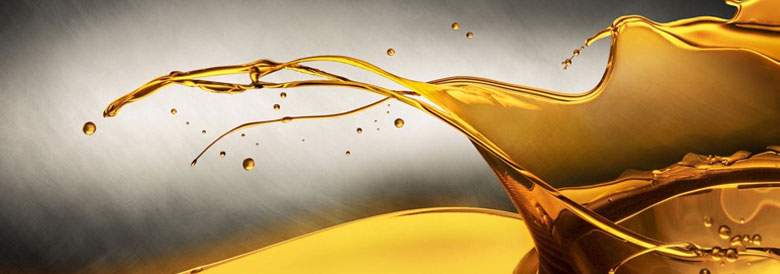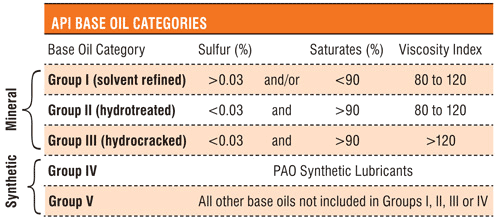Our Services
- Bitumen
- Base Oil
- Fuel Oil
- Fertilizers
- Sulphur
- Services Archives
- Australian Standard Bitumen
- Bitumen Applications
- Bitumen Drum Packing
- Bitumen Emulsions
- Bitumen in Bulk Vessel
- Bitumen in Polybags
- Bitumen in Tank Containers
- Bitumen Packing Comparison
- Bitumen Production Process
- Bitumen standards & Grades
- Cutback Bitumen
- Natural Bitumen (Gilsonite)
- Oxidised Bitumen
- Penetrtation Grade
- Performance Grade
- Viscosity Grade
Brochure
Download our document to see specific data of the service and how we work.
Let’s Start Work
Together
Please feel free to contact us. We will get back to you with 1-2 business days. Or just call us now.
377 villa, dream city, Erbil, Kurdistan region of Iraq

Base Oil is the name given to lubrication grade oils initially produced from refining crude oil (mineral base oil) or through chemical synthesis (synthetic base oil). Base oil is typically defined as oil with a boiling point range between 550 and 1050 F, consisting of hydrocarbons with 18 to 40 carbon atoms. This oil can be either paraffinic or napthenic in nature depending on the chemical structure of the molecules.
Almost every lubricant used in plants today started off as just a base oil. The American Petroleum Institute (API) has categorized base oils into five categories (API 1509, Appendix E). The first three groups are refined from petroleum crude oil. Group IV base oils are full synthetic (polyalphaolefin) oils. Group V is for all other base oils not included in Groups I through IV. Before all the additives are added to the mixture, lubricating oils begin as one or more of these five API groups.

Group I base oils are classified as less than 90 percent saturates, greater than 0.03 percent sulfur and with a viscosity-index range of 80 to 120. The temperature range for these oils is from 32 to 150 degrees F. Group I base oils are solvent-refined, which is a simpler refining process. This is why they are the cheapest base oils on the market.
Group II base oils are defined as being more than 90 percent saturates, less than 0.03 percent sulfur and with a viscosity index of 80 to 120. They are often manufactured by hydrocracking, which is a more complex process than what is used for Group I base oils. Since all the hydrocarbon molecules of these oils are saturated, Group II base oils have better antioxidation properties. They also have a clearer color and cost more in comparison to Group I base oils. Still, Group II base oils are becoming very common on the market today and are priced very close to Group I oils.
Group III base oils are greater than 90 percent saturates, less than 0.03 percent sulfur and have a viscosity index above 120. These oils are refined even more than Group II base oils and generally are severely hydrocracked (higher pressure and heat). This longer process is designed to achieve a purer base oil. Although made from crude oil, Group III base oils are sometimes described as synthesized hydrocarbons. Like Group II base oils, these oils are also becoming more prevalent.
Group IV base oils are polyalphaolefins (PAOs). These synthetic base oils are made through a process called synthesizing. They have a much broader temperature range and are great for use in extreme cold conditions and high heat applications.
Group V base oils are classified as all other base oils, including silicone, phosphate ester, polyalkylene glycol (PAG), polyolester, biolubes, etc. These base oils are at times mixed with other base stocks to enhance the oil’s properties. An example would be a PAO-based compressor oil that is mixed with a polyolester. Esters are common Group V base oils used in different lubricant formulations to improve the properties of the existing base oil. Ester oils can take more abuse at higher temperatures and will provide superior detergency compared to a PAO synthetic base oil, which in turn increases the hours of use.
Typical Properties of Each Base Oil Group
| GroupⅠ | GroupⅡ | GroupⅢ | Ultra-S 4,6,8 | GroupⅣ | |
|---|---|---|---|---|---|
| Saturates, % | 65~85 | 93~99+ | 95~99+ | 99+ | 99+ |
| Aromatics, % | 15~35 | <1~7 | <1~5 | <1 | <1 |
| Sulfur, ppm | 300~3000 | 5~300 | 0~30 | <1 | n/a |
| Viscosity @ 100℃, cSt | 4~32 | 4~30 | 4~8 | 4.0~7.6 | 4~70 |
| Viscosity Index(VI) | 95~105 | 95~118 | 123~150 | 120~135 | 125~150 |
| Pour point, ℃ | -15 | -15 | -15 | -22.5 ~ -15 | -45 |
Base stocks are classified inot various grades including Neutral, Solvent Neutral, Bright Stocks, The most common names are for group I (SN: Solvent Neutral), for group II (N: Neutrals) and group III grade names refer to the viscosity (4cst, 6cst, 8cst …).
Group I – Baseoil Grades – Technical Specifications
Characteristic | Units | SN-150 | SN-500 | Bright Stock | Test Method |
|---|---|---|---|---|---|
| Kinematic viscosity at 100°C | cSt | 4.4 – 5.6 | 9.7 – 12.0 | min. 28 | ASTM D-445 |
| Kinematic viscosity at 40°C | cSt | 28 – 32 | 90 – 105 | – | ASTM D-445 |
| Viscosity index (VI) | – | 95 – 100 | 95 – 100 | min. 95 | ASTM D-2270 |
| Flash Point | °C | min. 195 | min. 210 | min. 276 | ASTM D-92 |
| Sulphur Content | %Wt | 0.15 – 0.60 | 0.15 – 0.60 | 0.15 – 0.60 | ASTM D-2622 |
| Pour Point | °C | max. -6 | max. -6 | max. -9 | ASTM D-97 |
| Density @ 15°C | Kg/L | 0.870 – 0.890 | 0.885 – 0.895 | 0.900 – 0.910 | ASTM D-1298 |
| Color | – | max. 2 | max. 2 | max. 2 | ASTM D-1500 |
| TAN | mg KOH/g | max. 0.05 | max. 0.05 | max. 0.05 | ASTM D-664 |
| Carbon Residue Content | %Wt | 0.04 | 0.12 | 0.21 | ASTM D-189 |
Group II – Baseoil Grades – Technical Specifications
Characteristic | Units | N-150 | N-500 | Test Method |
|---|---|---|---|---|
| Kinematic viscosity at 100°C | cSt | 5.0-5.6 | 10.0-12.0 | ASTM D-445 |
| Kinematic viscosity at 40°C | cSt | 28-32 | 95-107 | ASTM D-445 |
| Viscosity index (VI) | – | 95-110 | 95-110 | ASTM D-2270 |
| Flash Point | °C | min. 210 | min. 230 | ASTM D-92 |
| Sulphur Content | %Wt | max. 0.012 | max. 0.012 | ASTM D-2622 |
| Pour Point | °C | max. -12 | max. -12 | ASTM D-97 |
Group III – Baseoil Grades – Technical Specifications
Characteristic | Units | 4cSt | 6cSt | 8cSt | Test Method |
|---|---|---|---|---|---|
| Kinematic viscosity at 100°C | cSt | 4.1 – 4.4 | 5.7 – 6.5 | 7.6 – 8.2 | ASTM D-445 |
| Kinematic viscosity at 40°C | cSt | 19.0 – 20.0 | 32.0 – 37.0 | 43.8 – 50.1 | ASTM D-445 |
| Viscosity index (VI) | – | min. 120 | min. 120 | min. 120 | ASTM D-2270 |
| Flash Point | °C | min. 220 | min. 220 | min. 220 | ASTM D-92 |
| Sulphur Content | %Wt | 0.001 | 0.001 | 0.001 | ASTM D-2622 |
| Pour Point | °C | max. -12 | max. -12 | max. -12 | ASTM D-97 |


